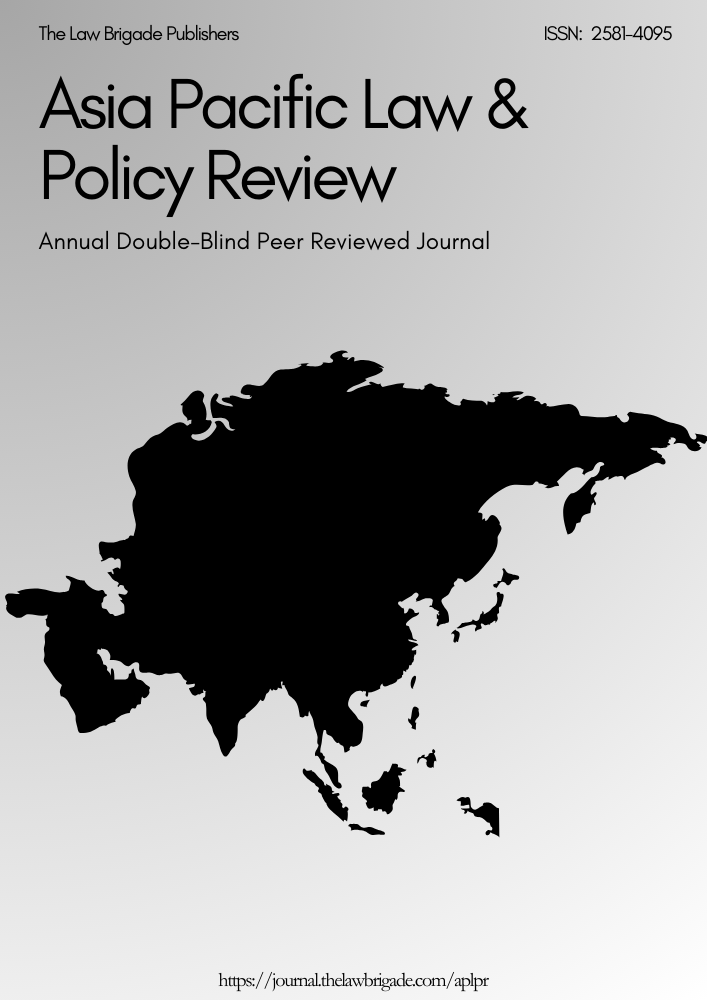Competition in Asia in the Algorithmic Era: Implications on Regulators and Consumer Welfare in Malaysia and India
Keywords:
Competition Law, Algorithm, Collusion, DominanceAbstract
Algorithms and Artificial Intelligence (AI) are key to success in the digital economy. The Algorithm supported by AI has transformed the decision-making process and disrupted all aspects of human life. The algorithm-generated marketing benefited Asian businesses plethora but, on the flip, has equally facilitated anti-competitive business practices and undermined their consumer welfare. The algorithms deployed have a far-reaching impact on the consumer markets. The algorithm fosters tacit collusion or abuse of dominance that alters the consumers’ choice and creates search bias favouring the dominant firm or its verticals. Cases reveal algorithm uses AI to collude prices resulting in different consumers being charged different amounts for the same goods or services, besides filtering their choice and causing unfair diversion of search pages in a manner affecting the competitor’s volume of business by either pushing down or pushing out. Meanwhile, the criteria for ranking the “relevant” results cannot be effectively proven. And the ways algorithms form market-based interaction between competitors inter se and consumers, to collude (or use of algorithms to drive out competition) unable to be ruled as the digital feature has posed a major challenge on the competition law application. The paper examines the legal-policy challenges in Asian shore by reference to India and Malaysian firstly, examining the challenges on the standard of analysis and evidence to prove algorithmic collusion, abuse, and dominance. Secondly, human-related liability or accountability on computers’ behaviour with reference to Grab, Amazon and Google, India. The discussion proposes intervention options with regard to advanced jurisdictions like the European Union to propose improvement.
Downloads
Downloads
Published
Issue
Section
License

This work is licensed under a Creative Commons Attribution-NonCommercial-ShareAlike 4.0 International License.
License Terms
Ownership and Licensing:
Authors of research papers submitted to any journal published by The Law Brigade Publishers retain the copyright of their work while granting the journal specific rights. Authors maintain ownership of the copyright and grant the journal the right of first publication. Simultaneously, authors agree to license their research papers under the Creative Commons Attribution-ShareAlike 4.0 International (CC BY-SA 4.0) License.
License Permissions:
Under the CC BY-SA 4.0 License, others are permitted to share and adapt the work, even for commercial purposes, provided that appropriate attribution is given to the authors, and acknowledgment is made of the initial publication by The Law Brigade Publishers. This license encourages the broad dissemination and reuse of research papers while ensuring that the original work is properly credited.
Additional Distribution Arrangements:
Authors are free to enter into separate, non-exclusive contractual arrangements for distributing the published version of the work (e.g., posting it to institutional repositories or publishing it in books), provided that the original publication by The Law Brigade Publishers is acknowledged.
Online Posting:
Authors are encouraged to share their work online (e.g., in institutional repositories or on personal websites) both prior to submission and after publication. This practice can facilitate productive exchanges and increase the visibility and citation of the work.
Responsibility and Liability:
Authors are responsible for ensuring that their submitted research papers do not infringe on the copyright, privacy, or other rights of third parties. The Law Brigade Publishers disclaims any liability for any copyright infringement or violation of third-party rights within the submitted research papers.


